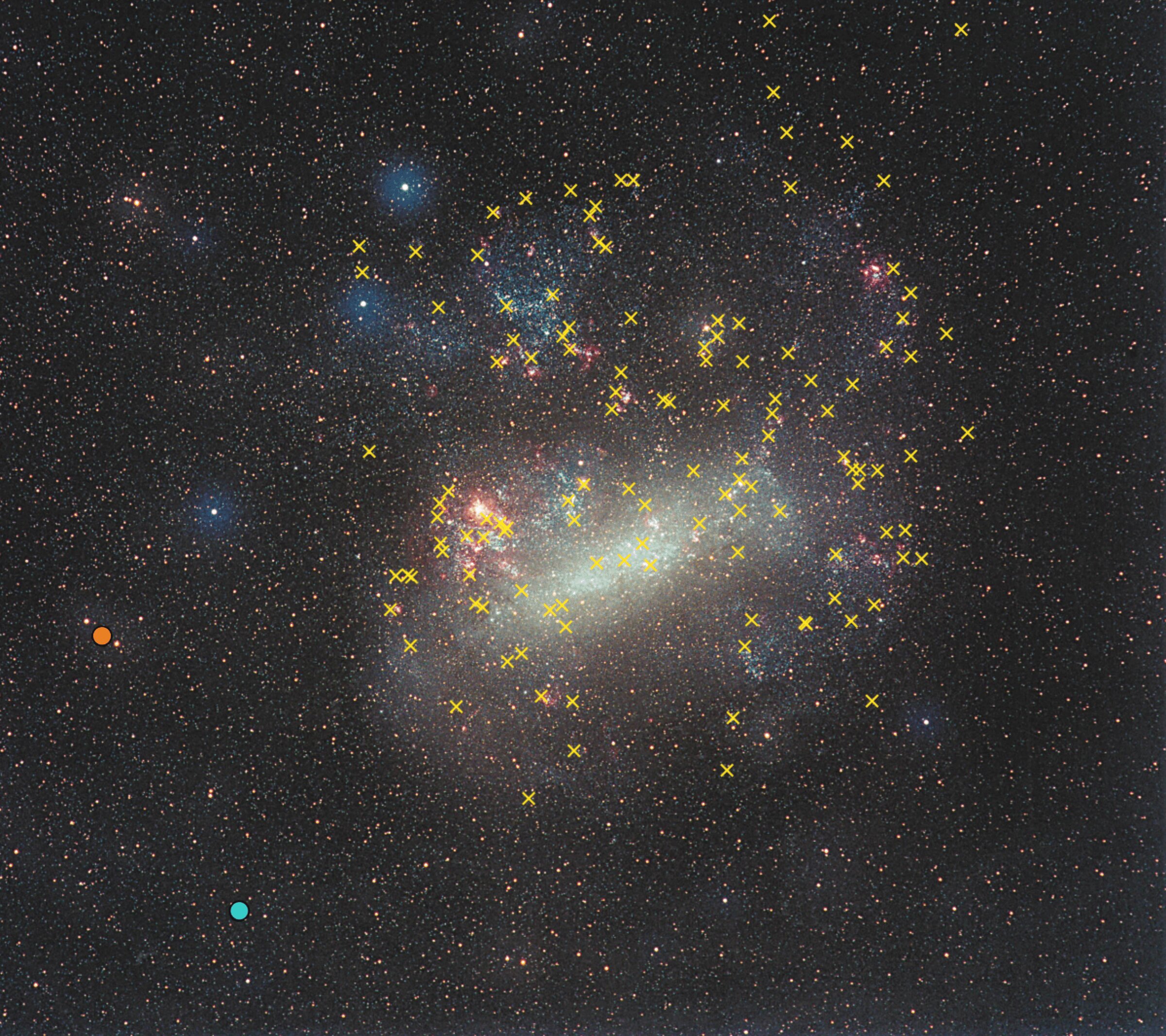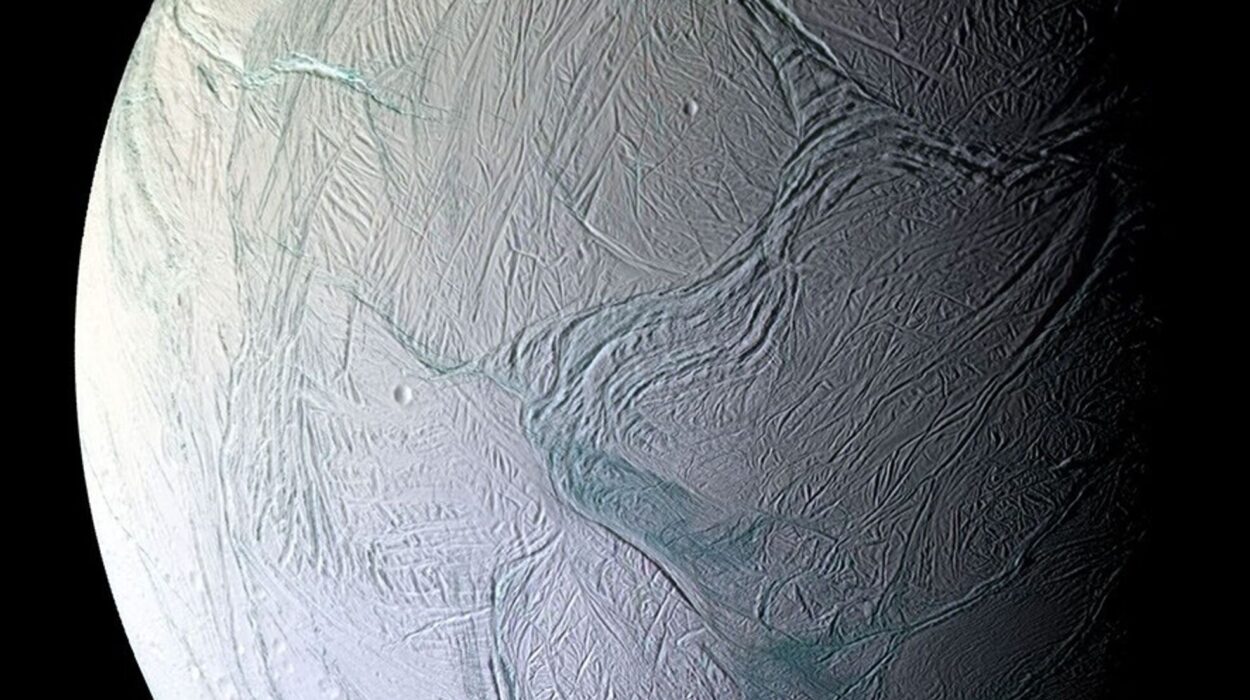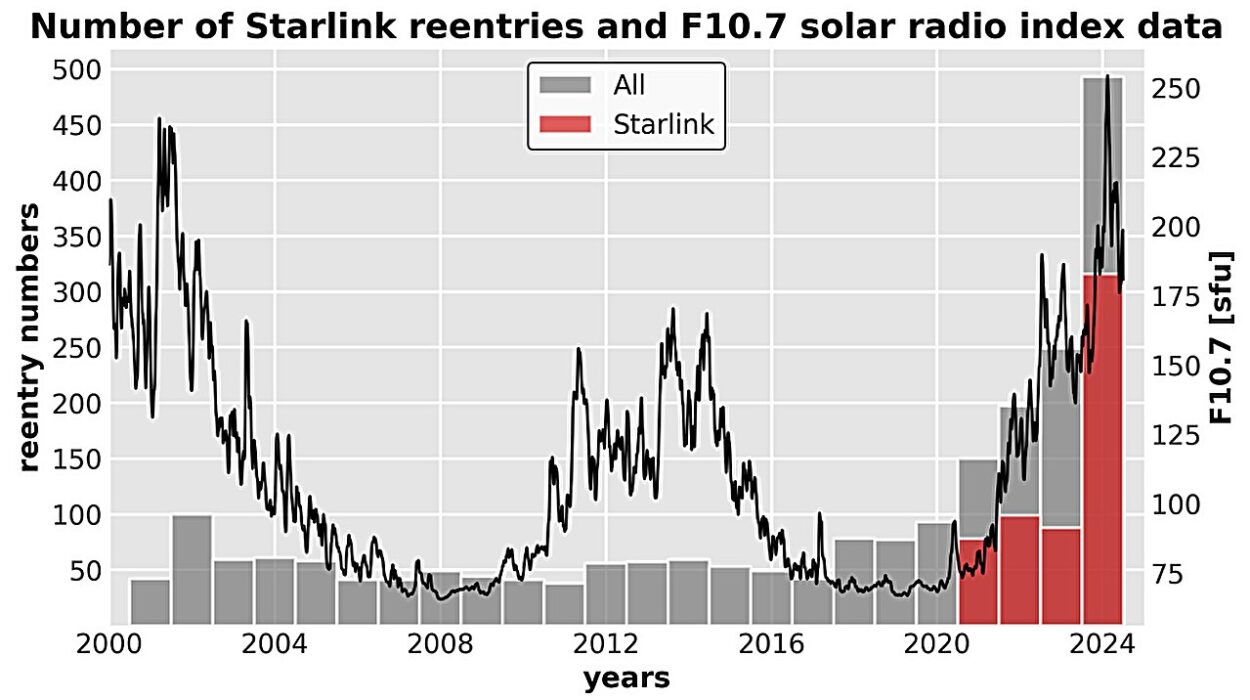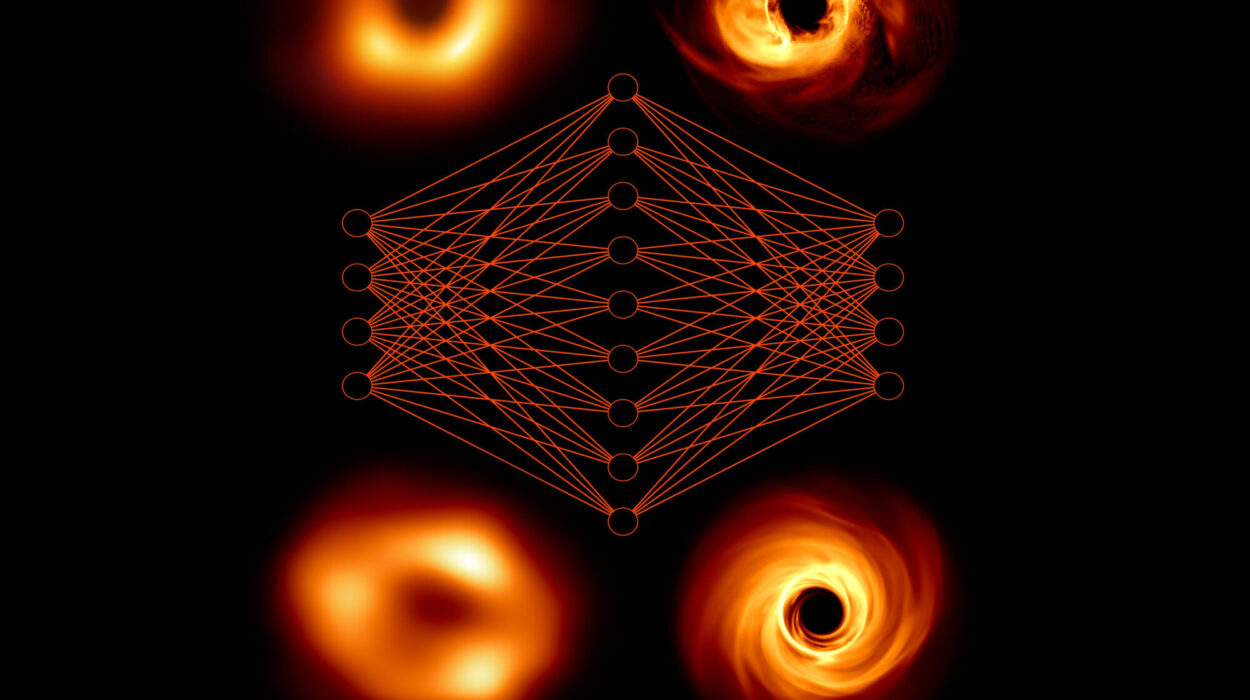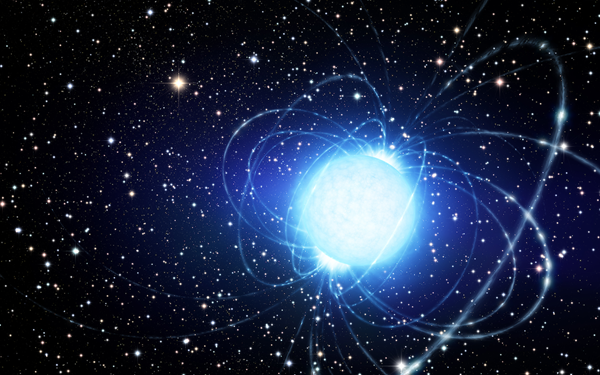In a groundbreaking discovery that has expanded our understanding of stellar explosions in distant galaxies, the European Space Agency’s XMM-Newton telescope has uncovered two supernova remnants located in the outer reaches of the Large Magellanic Cloud (LMC). This discovery, detailed in a study published in the journal Astronomy & Astrophysics, offers scientists a unique opportunity to explore the dynamics of the LMC and its interactions with neighboring galaxies.
The Mystery of the Unidentified Sources
The LMC, a satellite galaxy of the Milky Way, has been a prime target for astronomical observations for decades. However, it was not until XMM-Newton turned its sensitive gaze toward two seemingly ordinary sources of light on the outskirts of the galaxy that the surprising discovery was made. These two objects, designated J0624-6948 and J0614-7251, were initially unidentified sources of light in the LMC. What was unexpected, though, was that these two light sources turned out to be remnants of supernovae — explosive events marking the deaths of massive stars.
The two supernova remnants are located far away from the more familiar regions of stellar explosions within the LMC, raising significant questions for astronomers. Prior to this discovery, supernova remnants were typically found in the dense inner regions of galaxies, areas rich in ionized gas, which is essential for the shockwaves of a supernova to leave an observable imprint on their surroundings. The fact that these remnants were found in the outer regions of the LMC suggested that the environment there might not be as sparse as previously thought.
Unexpected Findings About the Outer Regions of the LMC
One of the most surprising aspects of the discovery is the environment surrounding these supernova remnants. Scientists had expected the outer reaches of the LMC to be less electrically charged and composed of fewer ionized particles. However, the two remnants suggest that the region is in fact filled with more ionized gas than expected. This discovery opens up new avenues for research into the interstellar medium of the LMC, as it points to a more complex and dynamic environment than previously assumed.
The heightened presence of ionized gas in this region of the LMC may be a result of the galaxy’s interaction with its cosmic neighbors, particularly the Milky Way and the Small Magellanic Cloud (SMC). These interactions could be influencing the distribution of gas and particles in the LMC, altering its environment and potentially fueling the formation of these supernova remnants in regions previously thought to be too diffuse for such stellar events.

XMM-Newton’s Imaging of the Supernova Remnants
The XMM-Newton telescope observed the two supernova remnants using three different types of X-ray light, each corresponding to different energy levels. These observations allowed scientists to generate images in three distinct colors, each providing valuable insights into the chemical composition of the remnants. The colors — yellow, purple, and blue — are more than just visually striking; they represent areas rich in specific chemical elements that are most prevalent in each remnant.
For instance, the yellow region in the center of the remnant J0614-7251 indicates that the area is abundant in iron. This was a crucial clue that helped scientists classify this remnant for the first time as the result of a Type-Ia supernova. Type-Ia supernovae are the result of the thermonuclear explosion of a white dwarf star, which occurs when the star accretes too much matter from a companion star and reaches a critical mass. These explosions are typically characterized by a distinctive signature of iron and other heavier elements, which were clearly detected in the yellow-colored area of the supernova remnant.
The high-resolution imaging capabilities of XMM-Newton allowed scientists to distinguish the inner circle and outer ring of the remnant, which provided the detailed chemical profile necessary to classify it as a Type-Ia supernova. This level of detail has never been captured before in such supernova remnants, marking an important milestone in our understanding of these cosmic phenomena.
The Role of Supernova Remnants in Galactic Dynamics
The discovery of these two supernova remnants also provides new insight into the dynamics of the LMC and its relationship with the Milky Way and the SMC. Supernova remnants are not just the aftermath of star deaths; they also play an important role in the evolution of galaxies. The shockwaves produced by a supernova can trigger the formation of new stars by compressing surrounding gas and dust, while the elements released during the explosion contribute to the enrichment of the interstellar medium.
The fact that these supernova remnants are found in the outskirts of the LMC, in a region previously thought to be lacking in ionized gas, raises questions about how the galaxy’s interactions with its neighbors might influence the distribution of stellar explosions. These findings could provide important clues about the stellar evolution and gas dynamics of galaxies in the local universe, offering a better understanding of how galaxies evolve and interact over time.
Implications for Future Research
The discovery of these supernova remnants opens up a wealth of opportunities for future research. First and foremost, it underscores the importance of X-ray astronomy in revealing hidden aspects of the universe. XMM-Newton’s ability to capture high-resolution X-ray images has provided scientists with a tool to study distant galaxies in ways that were previously impossible.
Furthermore, the discovery challenges existing models of galactic environments, particularly in terms of how outer regions of galaxies may be more active and dynamic than previously assumed. The findings will likely lead to further investigations into the interstellar medium of galaxies and the role that supernova remnants play in shaping their evolution.
The Large Magellanic Cloud, as a relatively close and well-studied galaxy, provides an excellent laboratory for understanding the broader processes that occur in galaxies throughout the universe. The interactions between the LMC, the Milky Way, and the SMC are crucial in shaping the galaxy’s environment, and the discovery of these supernova remnants offers valuable clues about these interactions.
Conclusion
The discovery of two supernova remnants in the outskirts of the Large Magellanic Cloud by XMM-Newton has provided scientists with a wealth of new information about the complex dynamics of this neighboring galaxy. The findings suggest that the outer regions of the LMC are far more active than previously thought, with ionized gas playing a key role in the environment around these stellar explosions. This discovery not only enriches our understanding of the LMC and its interactions with the Milky Way and the Small Magellanic Cloud, but it also sheds light on the broader processes of stellar evolution and galactic dynamics.
With these findings, XMM-Newton has once again proven itself to be an invaluable tool in the exploration of the universe, offering new insights into the workings of the cosmos and the forces that shape it. As astronomers continue to study these supernova remnants and their surrounding environments, we can expect even more revelations about the life cycles of stars, galaxy interactions, and the evolution of the universe itself.
Reference: Manami Sasaki et al, Supernova remnants on the outskirts of the Large Magellanic Cloud, Astronomy & Astrophysics (2024). DOI: 10.1051/0004-6361/202452178
